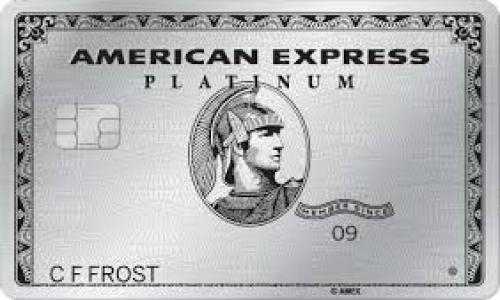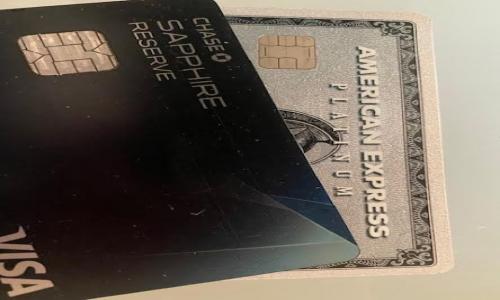I've written a lot about how the banks and financial companies have benefited from the Fed lowering rates to 0%. They basically have free access to cash since they are paying less than 2% in many cases for deposit money. So, it this trickling down to lower consumer rates? Mostly no. Mortgage rates have fallen because of the Fed's heroic efforts to buy up mortgage backed securities. But other consumer loans rates have gone up. On top of that, as a new study from the Pew Foundation finds, the credit card companies are dragging their feet implementing the regulations passed in recent legislation.
One hundred percent of credit cards offered online by the leading bank card issuers continue to include practices that will be outlawed once legislation passed in May takes effect next year, according to a new report by the Pew Health Group’s Safe Credit Cards Project. The report also found that advertised credit card interest rates rose an average of 20 percent in the first two quarters of 2009, even as banks’ cost of lending declined. With the Federal Reserve currently developing rules to ensure penalty charges are “reasonable and proportional” as required under the Credit CARD Act, the report also includes policy recommendations for regulators.
“Since passage of the Credit CARD Act, we found that credit card issuers have done little to remove practices deemed unfair or deceptive by the Federal Reserve,” said Shelley A. Hearne, managing director of the Pew Health Group, which oversees the project. “In fact, some of the most harmful practices have actually grown more widespread–not one of the bank cards reviewed would meet the legal requirements outlined in the Credit CARD Act, which is bad news for consumers.”
The new report, “Still Waiting: ‘Unfair or Deceptive’ Credit Card Practices Continue as Americans Wait for New Reforms to Take Effect”, examines all consumer credit cards offered online by the largest 12 bank issuers in America. These banks control more than 90 percent of outstanding credit card debt nationwide. The report also reviewed cards offered by the largest credit unions. The Pew Safe Credit Cards Project gathered data from July of this year on nearly 400 cards, building on its previous research from December 2008.
Key findings of the report show that:
- 99.7 percent of bank cards allowed issuers to increase interest rates on outstanding balances – a jump from 93 percent in December;
- 95 percent of bank cards permitted issuers to apply payments in a way the Federal Reserve found likely to cause substantial financial injury to consumers; and
- 90 percent of bank cards had penalty rate hikes with the vast majority imposed by “hair triggers” of one or two late payments in a year.
“The Federal Reserve must ensure that the rules it is developing will prevent unreasonable or disproportionate penalties, including penalty rate increases, which our data show remain far too common,” said Nick Bourke, manager of Pew’s Safe Credit Cards Project.
In July, median advertised annual percentage rates (APRs) for purchases on bank issued cards were between 12.24 and 17.99 percent, compared to a range of 9.99 to 15.99 percent in December 2008 (issuers advertise a range of rates depending on applicant credit profiles). Compared to December of last year, lowest advertised bank rates grew by more than 20 percent, while highest advertised rates grew by 13 percent. Pew’s previous report identified that issuers raised rates on nearly one-quarter of existing accounts, costing consumers a minimum of $10 billion in a one-year period between 2007 and 2008.
“Still Waiting” also provides the first comprehensive comparison of bank cards to those issued by credit unions, based on advertised terms and conditions. The analysis showed that credit unions offered much lower APRs, less punitive penalty rates and engaged in far fewer unfair or deceptive practices than their commercial peers. So if you have a credit union on your neighborhood, you may think about opening a credit card with them.
“When the Credit Card Act takes effect next year Americans can expect to see safer, more transparent cards,” said Bourke. “How well the new law works, however, will depend significantly on how the Federal Reserve creates new rules under the law to protect consumers. In the meantime, issuers have the opportunity to move as quickly as possible to ensure their products are clear of the unfair and deceptive practices that unfortunately remain part of every card we reviewed for our report.”













Add your Comment
or use your BestCashCow account